CACE-Charged Active Contour Based On Electrostatics
We propose a novel active contour model by incorporating particle based electronstatic interactions into the geometric active contour framework. It is an extension of the very recent work by Jalba et al. (T-PAMI 26(10)) on a particle deformable model, which is based on charged particle dynamics, founded on electrostatics and particle movements, and called the Charged Particle Model (CPM). CPM has been demonstrated to capture object boundaries over the entire image with a set of free charged particles. While an initialization step is still required, it is certainly less pivotal than in the contour model. However, this particle model a) can not guarantee continuous and closed final contours, b) does not stabilise as there is no effective stopping term, and c) is computationally intensive.
This new framework by introducing particle dynamics into active contour propagation, resulting in a Charged Active Contour based on Electrostatics (CACE) model incorporates the advantages of both contour and particle based models. CACE can detect object boundaries via contour propagation under the influence of a bi-directional force field that simulates the electrostatic interaction between an image-derived point charge field and a charged contour. In other words, the force consists of boundary attraction and competition terms that lead the contour towards object boundaries. CACE is much faster and more efficient in convergence than CPM. More importantly, it eliminates CPM's tendency to sometimes result in open contours. CACE also has significant advantages over the geodesic and GVF geodesic snakes in that it is more robust to initial placement and is able to handle objects of more complicated topology, e.g. those with narrow parts.
This research is a further development of recent model, named Charged Active Contour Model (CCM), in which also uses pariticle dynamics. However, it does not include the boundary competition forces. More details of the CCM can be found here.
Example results - dynamic force field
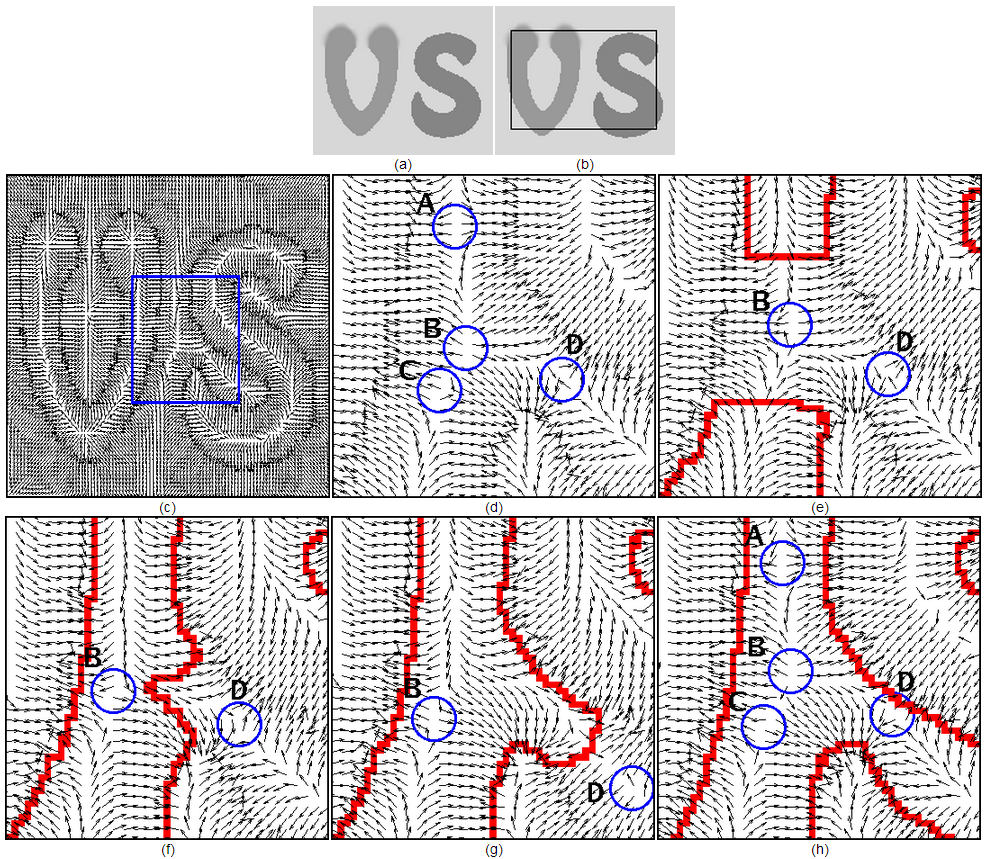 |
| An example of adaptive changes of the joint electrostatic force field during contour propagation. (a) test image with letters 'V' and 'S'; (b) initial snake; (c) initial CACE vector force field with marked region; (d) closeup view of the vectors in the marked square region in the valley between 'V' and 'S'; (e)-(f) adapting vector field as snake progresses. Snake positions are indicated in thick dark red, and critical points are shown in thin blue circles. |
Example results - synthetic images with weak edges
 |
| A synthetic image of a circle with a blurred edge region indicated by a black window. From left to right: disk object image with highlighted weak edge area, the normalized Coulomb force in CPM (equivalently the boundary attraction force in CACE) field in box area, initialized CPM, instance of particle movements, and the final CPM result. |
 |
| Propagation of CACE on disc object with weak edges. |
As can be seen from the above results, in the blurred edge region, the image-based forces are significantly influenced by the stronger edges nearby. As the image-based forces always dominate the direction of movement, particles which have arrived at the weak edges will continue moving to the stronger edges with the weak edges left unmarked. This leads CPM to fail to close the border around the synthetic circle. On the other hand, CACE stabilizes around the boundaries, successfully detecting the whole object, due to the bi-directional nature of its force field and the characteristics of the contour itself. The vectors pointing towards the edges, although weak, prevent leakage from both sides.
Example results - synthetic images - comparison
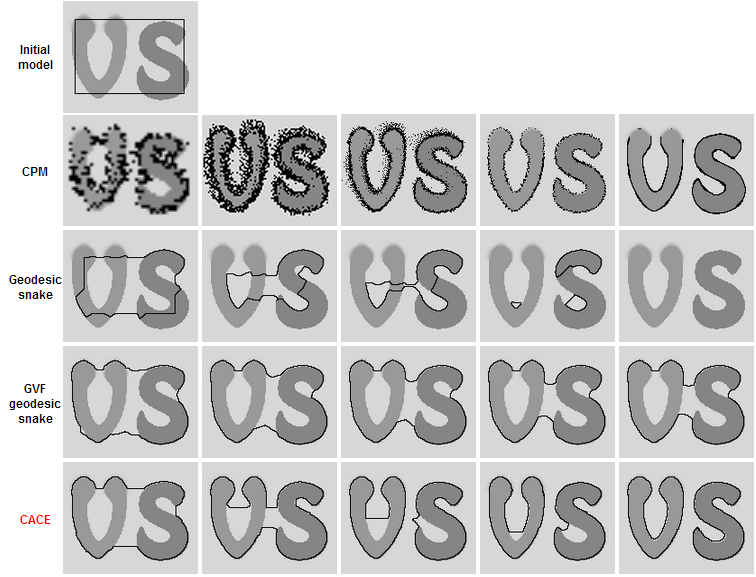 |
| Contour propagation for boundary detection using CACE on a synthetic image, against other models. While the geodesic snake fails to detect the objects under cross-boundary initialisation, the GVF geodesic snake is less constrained, but nonetheless, still unable to reach some of the boundaries when it gets trapped by divergent vectors in homogeneous areas. CACE improves on these limitations and succeeds in detecting both objects in. Note that multi-scale settings are used for CPM in order to capture as much edges as possible. Further, Delaunay triangulation of Voronoi diagram is used for curve reconstruction from the scattered particles. |
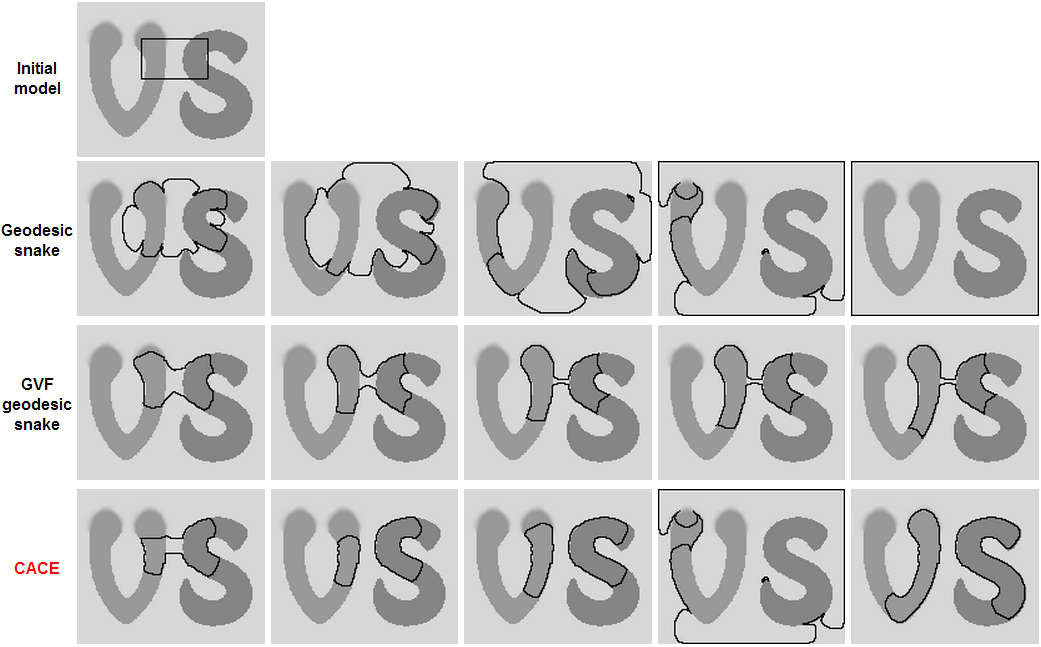 |
| The improved robustness to initiliazation of CACE over other contour models. With an initial snake relatively interior to the objects, CACE still succeeds in detecting both objects, while the geodesic snake fails again due to the cross-boundary initial placement, and the GVF geodesic snake also getts trapped by the divergent vectors. |
Example results - comparative results on real images
| Geodesic Snake | GVF snake | CPM (multi-scale) | CACE |
 | 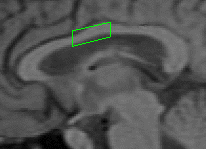 | 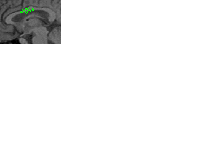 | 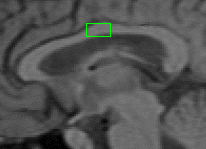 |
 | 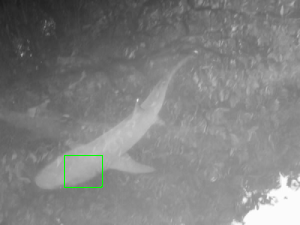 | 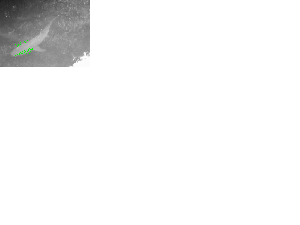 |  |
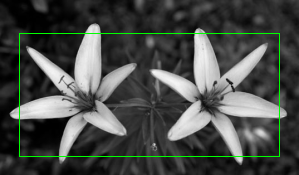 | 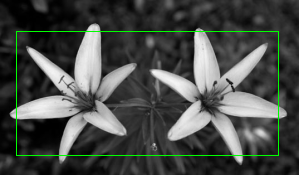 | 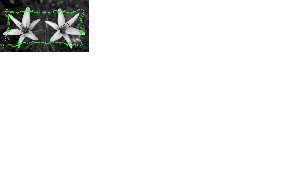 | 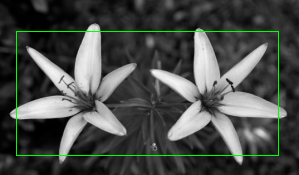 |
Publications
- Ronghua Yang, Majid Mirmehdi, and Xianghua Xie, A Charged Active Contour based on Electrostatics, In Proceedings of the 8th International Conference on Advanced Concepts for Intelligent Vision Systems (ACIVS), pages 173-184, Springer LNCS 4179, September 2006.
